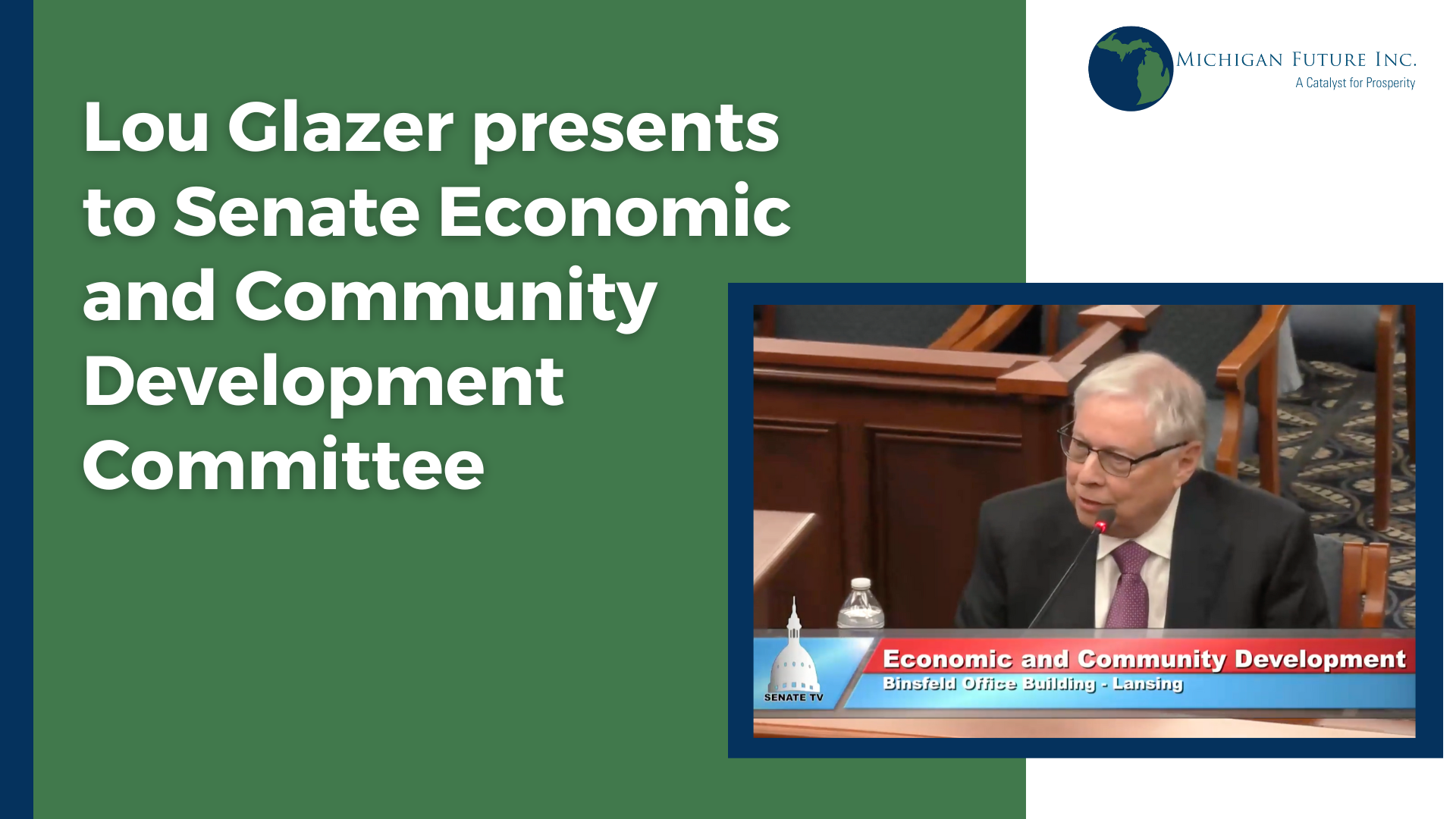Conventional wisdom is the places with the lowest costs (so-called business friendly) have the best economies. Think again!
If that were true New York City–particularly Manhattan–and San Francisco should be collapsing. Instead they are surging. We explored Manhattan’s success in a previous post. Lets turn out attention to San Francisco, most likely the second most expensive place in the country. High real estate prices, high state and local taxes and high wages (strong unions too). The recipe we are told over and over again that leads to economic stagnation, if not, ruin.
But when you get off planet ideology, what you see in San Francisco is the kind of investment that every state and region in the country wants. This is detailed in a recent New York Times report entitled “Twitter Helps Revive a Seedy San Francisco Neighborhood”. And its not just Twitter that have chosen San Francisco as home. The article details the decision to locate there by tech start ups like Spotify, Square and Yammer, along with tech giants like Google, Amazon, Microsoft and Yahoo.
These companies could locate any place in the U.S.–actually anywhere on the planet. So why choose high cost San Francisco? As the Times reports: “The emphasis on San Francisco signifies how Silicon Valley, an area extending south from just below San Francisco to San Jose, Calif., no longer has a grip on technology companies. About 18 months ago, tech companies started moving or expanding here to be closer to their employees.” (Emphasis added.)
For profit companies are increasingly locating in high cost places because they get something for their money. In this case talent/human capital. The asset that Governor Snyder has told us matters most to economic success in the 21st Century. As he wrote in his special message to the legislature on talent: “In the 20th century, the most valuable assets to job creators were financial and material capital. In a changing global economy, that is no longer the case. Today, talent has surpassed other resources as the driver of economic growth.” (Emphasis added.)
Michigan has chosen to ignore talent as the main driver of economic growth. Instead choosing to focus on lower business costs. Big mistake! As I wrote in my Manhattan post:
“Turns out in the real world all those so-called liabilities are assets that lead to prosperity. A big city that works, a government that provides quality basic services and amenities, terrific alternatives to driving, density and welcoming to all. Combine those features with an entrepreneurial culture and you have a place where talent – from across the planet – wants to live and work. And where talent concentrates you get growth and prosperity, not decline and falling income and employment. To get back on the path to prosperity Michigan needs far more –not less–of what Manhattan (and San Francisco) has.”






